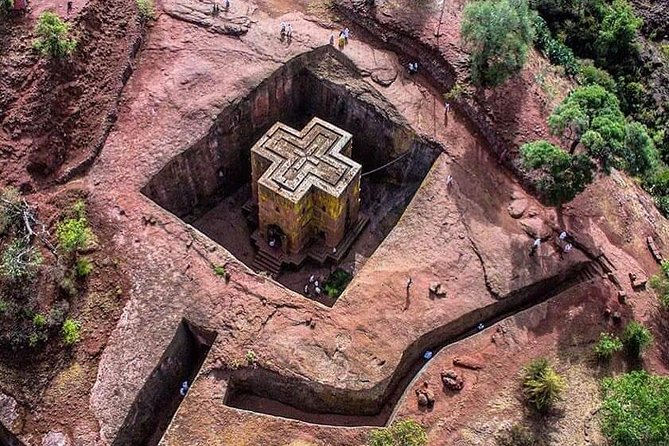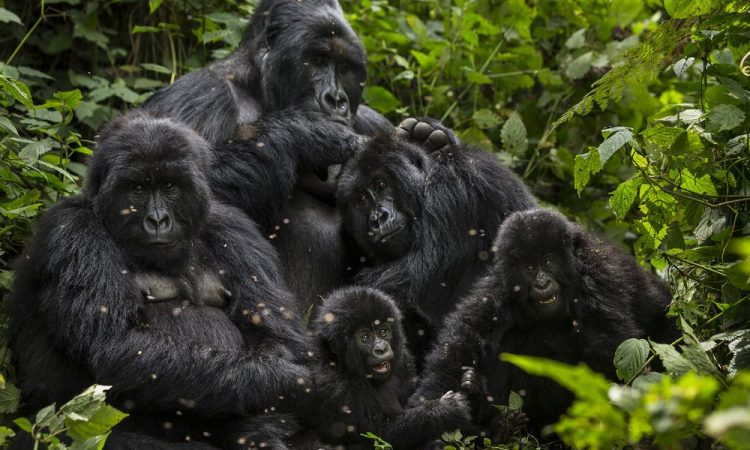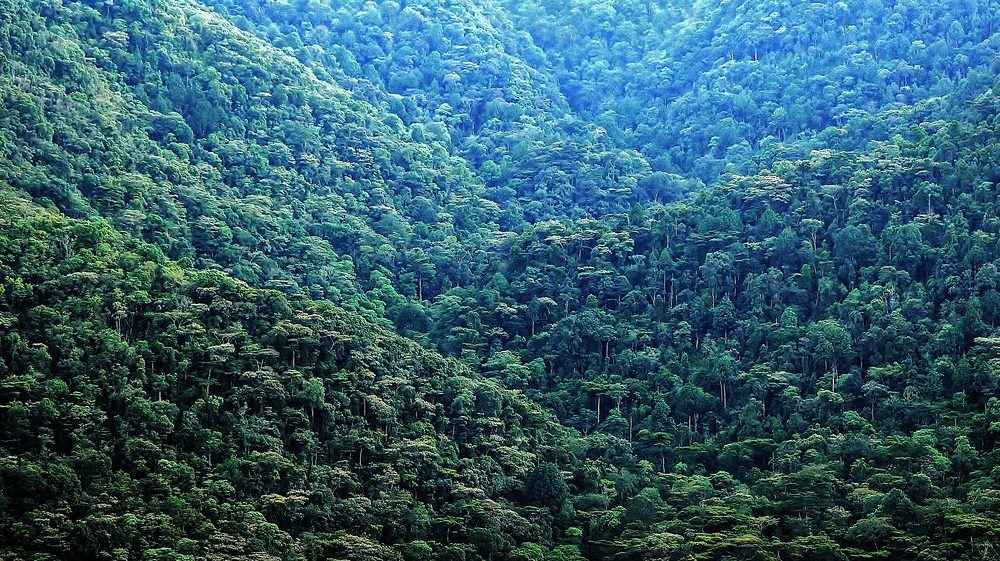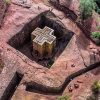The Sacred Stone: A Journey to the Rock-Hewn Churches of Lalibela-Ethiopia
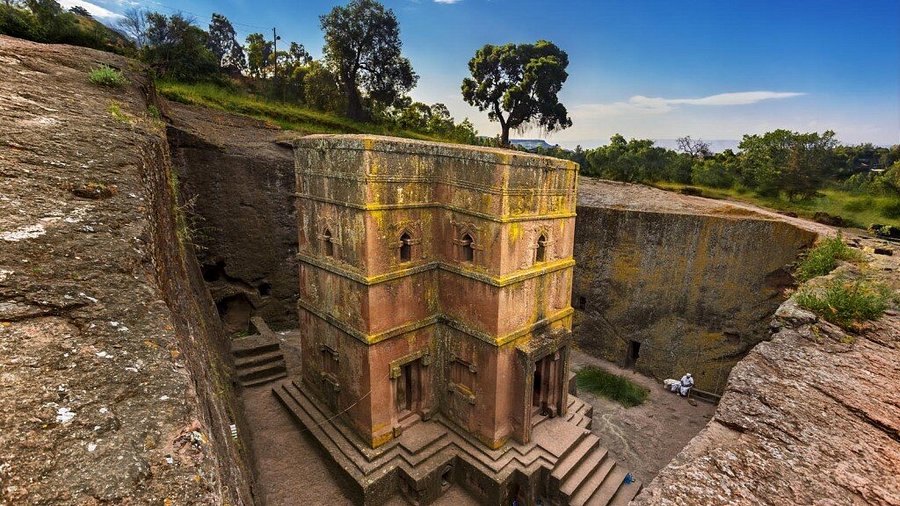
Deep in the rugged highlands of northern Ethiopia lies a timeless wonder — a spiritual masterpiece carved not in wood or built with bricks, but etched straight from solid rock. This is Lalibela, a humble town that cradles one of Christianity’s most astonishing legacies: the Rock-Hewn Churches of Lalibela.
For centuries, pilgrims have trekked across valleys and mountains to stand before these monolithic sanctuaries. They come barefoot and cloaked in white, heads bowed, faith unshaken. To witness Lalibela is to be transported — not just across distance, but through time itself.
A Vision from the Heavens
Legend speaks of King Lalibela, who ruled Ethiopia in the late 12th century. After a divine vision, he vowed to build a “New Jerusalem” in response to the capture of the original Jerusalem by Muslim forces. With divine guidance — and, as tradition says, the help of angels — he set about carving churches from living rock, downward into the earth, rather than upward into the sky.
The result? Eleven churches, connected by tunnels and trenches, carved meticulously from pink volcanic stone. Each one a marvel of architecture, engineering, and faith — not constructed, but revealed.
🌿 The Spiritual Journey
Among the most famous is Bete Giyorgis (Church of St. George), shaped like a perfect cross, standing alone in a deep pit. From above, it appears like a symbol etched by giants. Below, it hums with ancient prayer.
Visitors are drawn not only to its architectural beauty, but to the silence — a spiritual hush that cloaks the air, broken only by the soft chants of priests and the distant echo of ceremonial drums.
Other churches, like Bete Medhane Alem (House of the Saviour of the World), hold secrets of their own — vast columns, sacred relics, and murals that whisper tales of old Christian Ethiopia.
A Living Heritage
Today, the churches remain active places of worship. They are not just museums of stone — they are living, breathing sanctuaries. Monks still reside in caves nearby, and pilgrims gather for Timket (Epiphany), when Lalibela bursts into celebration with water blessings, chanting, and divine processions.
For Ethiopians, Lalibela is more than history — it is holy ground.
A UNESCO Treasure
Designated a UNESCO World Heritage Site, the Rock-Hewn Churches of Lalibela are not just Ethiopia’s pride, but a gift to the world. They represent a unique fusion of African ingenuity, Orthodox faith, and medieval craftsmanship.
They challenge what we think is possible — not just in architecture, but in devotion.
✈️ Travel Tip by CDIDACUS SAFARIS
Thinking of visiting Lalibela? Let CDIDACUS SAFARIS guide you through this sacred experience. We offer curated Ethiopian cultural tours that connect you deeply with local traditions, history, and spiritual sites — from Lalibela’s churches to the Simien Mountains and beyond.
Let’s carve your next story — one adventure at a time.

